Our History
Timeline of Scottish Mountain Rescue (SMR)
1943 – The Royal Air Force Mountain Rescue Service(MRS) was first organised during World War II to rescue aircrew from the large number of aircraft crashes occurring in remote areas and in mountainous terrain. These were often caused due to minor navigational errors and or bad weather. The four teams initially established in Scotland were RAF Wick, RAF Kinloss, RAF Montrose and RAF Wigtown MRTs all formed in 1944. The RAF Leuchars MRT formed in 1956. RAF Lossiemouth (formerly Kinloss) MRT is the only team still in existence

1951 – Gordonstoun School MRT was founded as a section of the Altyre Air Training Corps and recognised by the Air Ministry as a sub-unit of RAF Kinloss MRT. It was pre-dated by the ‘bloodhound service’ established in 1936.
1960 – First official police MRT in Britain, Police Scotland (Grampian) MRT was established after being initiated in 1959 following the death of five walkers on Jock’s Road. Formerly known as Grampol MRT.

1960s– Majority of Mountain Rescue Committee of Scotland MRTs were established including Aberdeen MRT, Arran MRT, Cairngorm MRT, Borders Search and Rescue Unit, Braemar MRT, Glencoe MRT, Killin MRT, Kintail MRT, Lochaber MRT, Lomond MRT, Skye MRT and Tweed Valley MRT. (Cairngorm MRT and Glencoe MRT are not currently represented by Scottish Mountain Rescue)
1965 – Mountain Rescue Committee of Scotland was formed (now known as Scottish Mountain Rescue) with nine representative organisations and five regional representatives from areas in Scotland where mountain rescue teams operated.
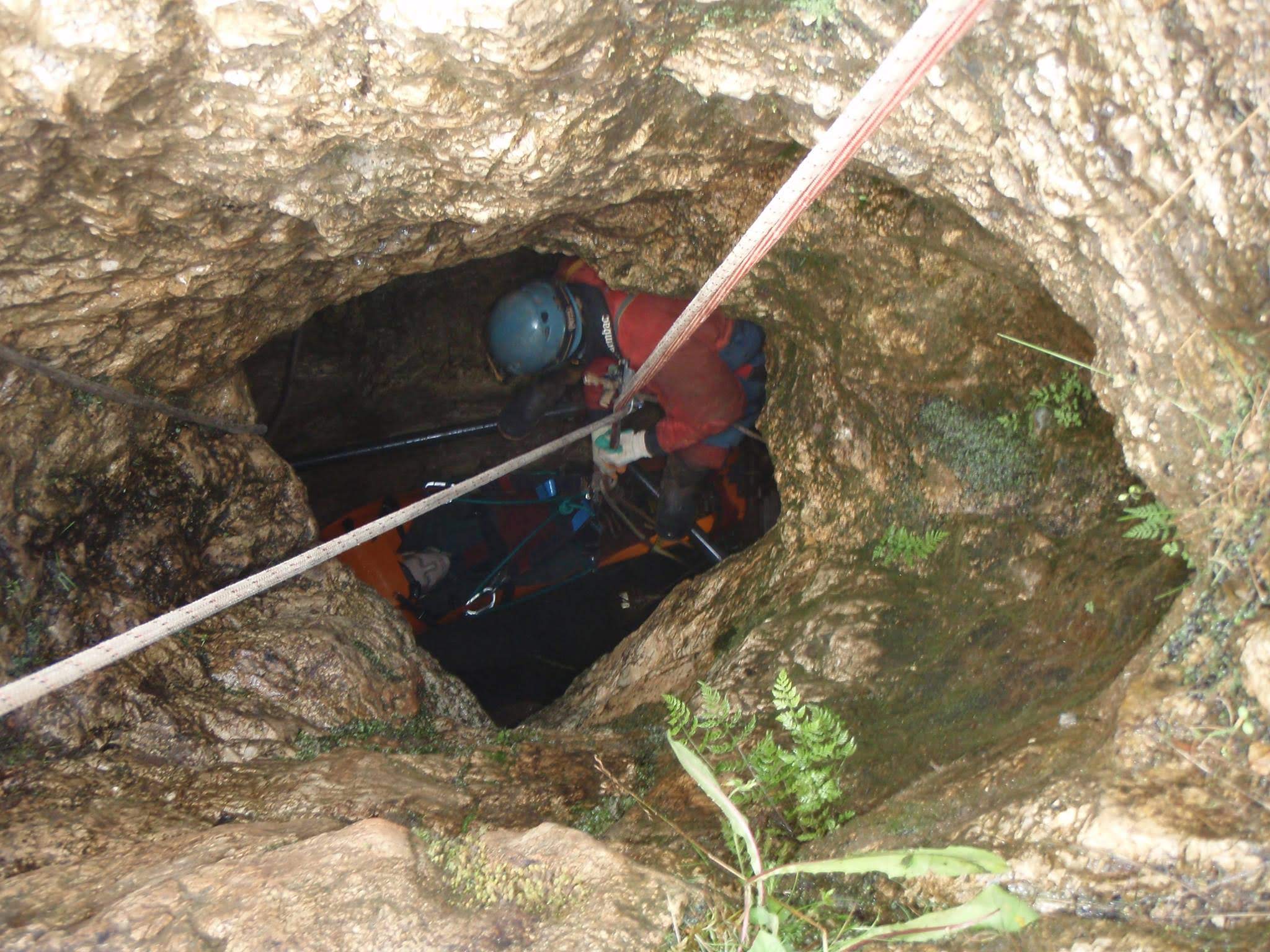
1966 –Edinburgh-based cavers founded the Scottish Cave Rescue Organisation and it was approved by the Association of Chief Police Officers (Scotland) in 1966. Although initially based in the capital, it was prepared to go anywhere to deal with a ‘shout’, and today involves active cavers from all over the country.
1970s – Nine further Mountain Rescue Committee of Scotland MRTs established; Arrochar MRT, Assynt MRT, Dundonnell MRT, Galloway MRT, Glenelg MRT, Glenmore Lodge MRT, Ochils MRT and Torridon MRT and Tayside MRT.
1965 – The Search and Rescue Dog Association (SARDA) in Scotland was conceived by Hamish MacInnes, one of Scotland’s foremost mountaineers and mountain rescue experts. Hamish MacInnes paid a visit to an avalanche dog training course in Switzerland in the early 1960s and immediately recognised the possibilities in Scotland.
1971-1975 Two further Police teams established in Scotland, Police Scotland (Strathclyde) MRT and Police Scotland (Tayside) MRT.
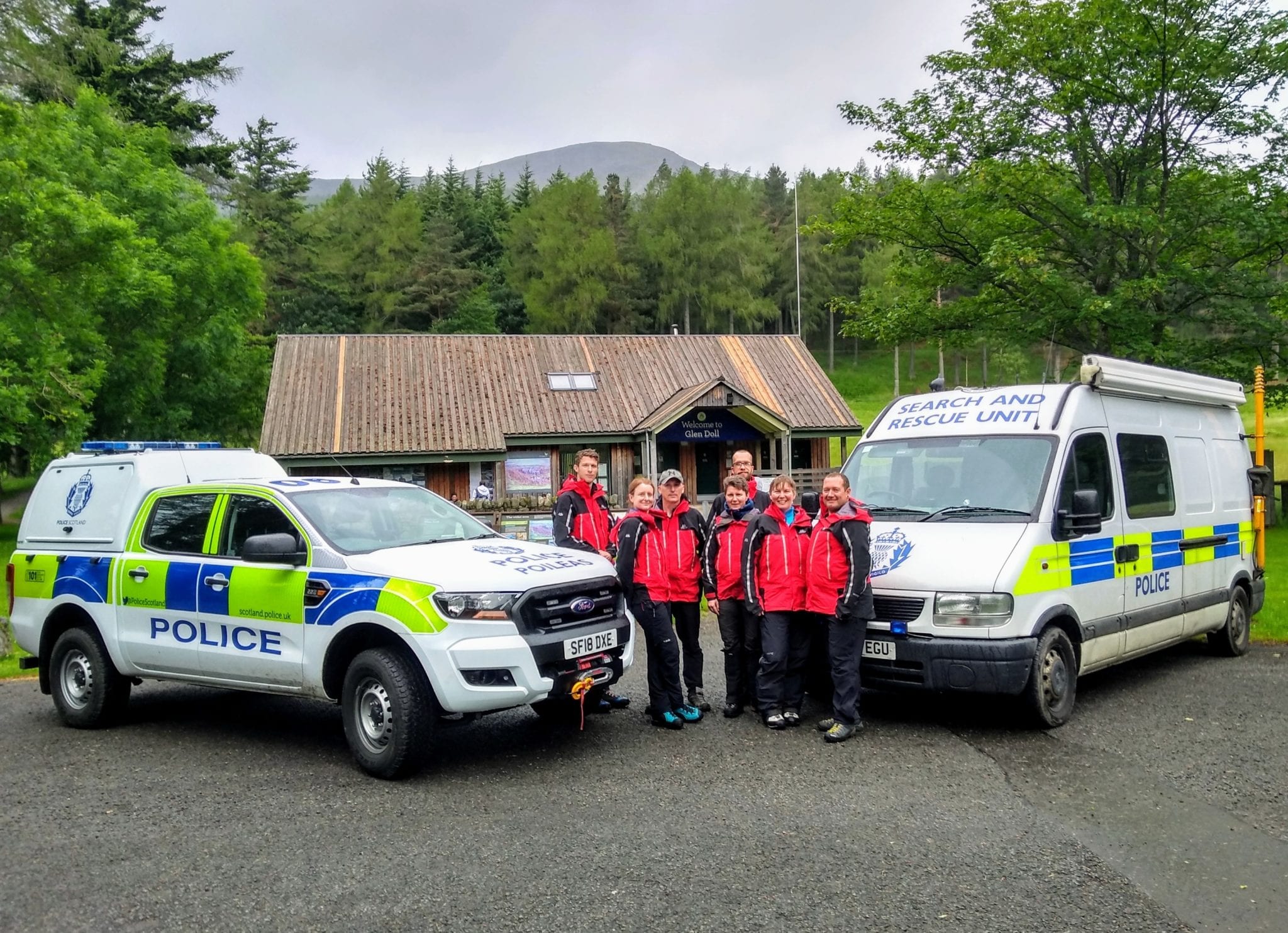
1983 – SARDA (Southern) established
1988 – Several Mountain Rescue Teams were involved in the multi-agency response to the crash of flight Pan Am 103 over Lockerbie.
1988 – First avalanche forecasting service introduced in Scotland, prior to this mountain rescue teams had to rely on local knowledge for avalanche conditions.
1997 – St John Scotland fund the mountain rescue base at Westhill, Aberdeen.
1998 – The first grants from St John Scotland to fund vehicles were made for Assynt MRT and Arrochar MRT.
2001 – Distinguished Service Award was introduced which is presented to individuals who have made a highly significant contribution to Mountain Rescue in Scotland at the team level or national level.
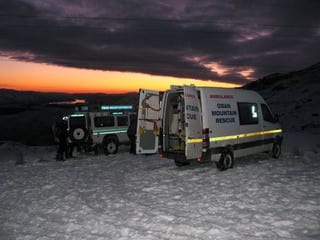
2001 – Strathclyde Police approached Oban Mountaineering Club in 2000 about the possibility of setting up a team to cover Argyll where existing provision was poor. The team was formally set up the following year.
2003 – The Mountain Rescue Committee of Scotland was awarded an annual grant of £300,000 from the Scottish Government to distribute between teams, since increased to £312,000.
2010 – Hebrides Mountain Rescue Team, initially known as Hebrides Search and Rescue, was set up.
2011 – St John Scotland rolled out a programme to replace old mountain rescue vehicles for teams.
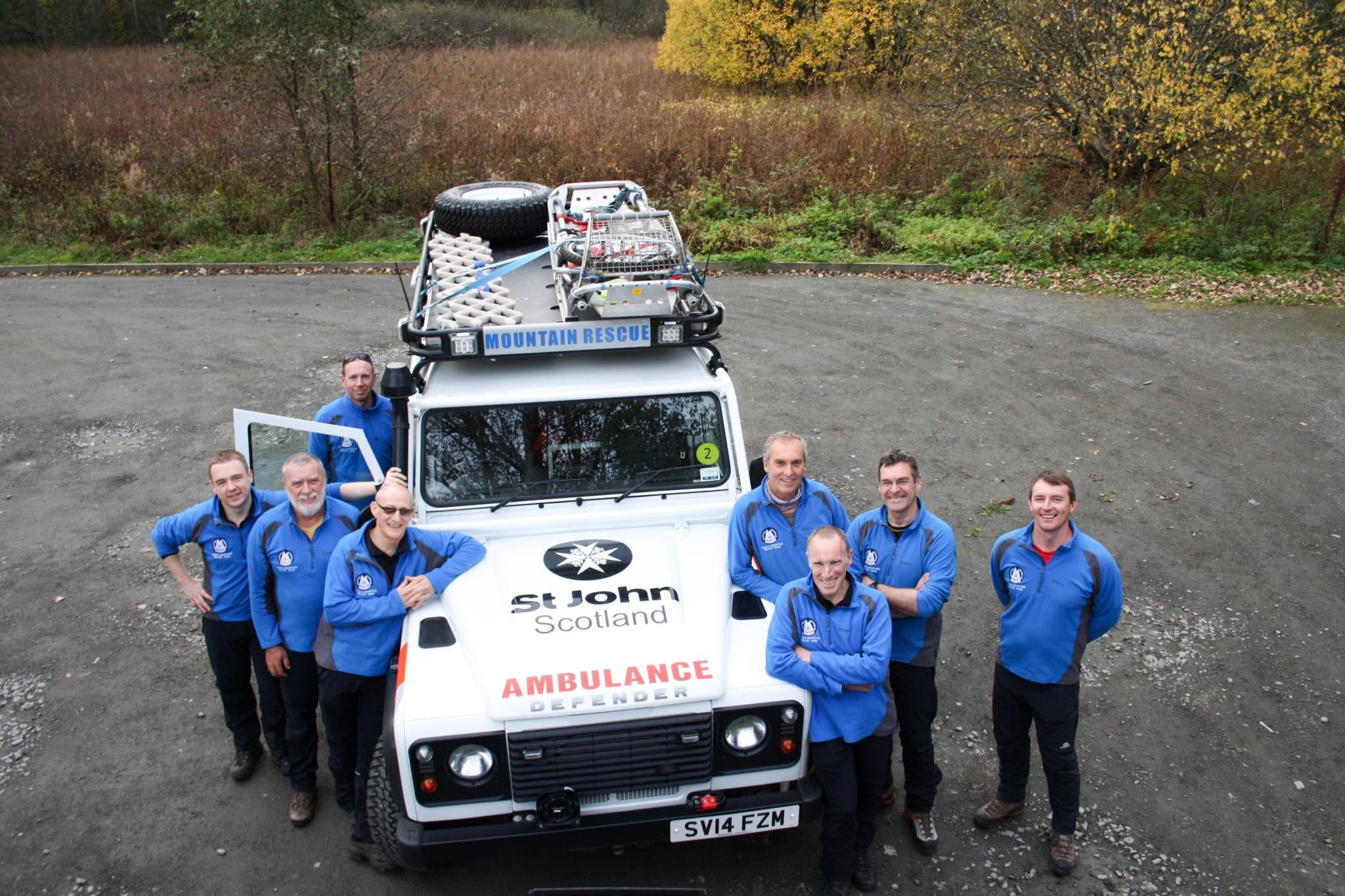
2013 – Scottish Mountain Rescue work jointly with HM Coastguard in situations where helicopters are required for rescues. In 2013 Bristow was awarded a 10-year contract to operate the search and rescue operations in the United Kingdom. Bristow is currently operating Agusta Westland AW139, Agusta Westland AW189 and Sikorsky S-92 helicopters in support of this contract. The AW139 aircraft are being replaced by the AW189 which was originally specified in the contract.
2014 – The Mountain Rescue Committee of Scotland changed name to the current Scottish Mountain Rescue (SMR) and became a registered Scottish Charity.
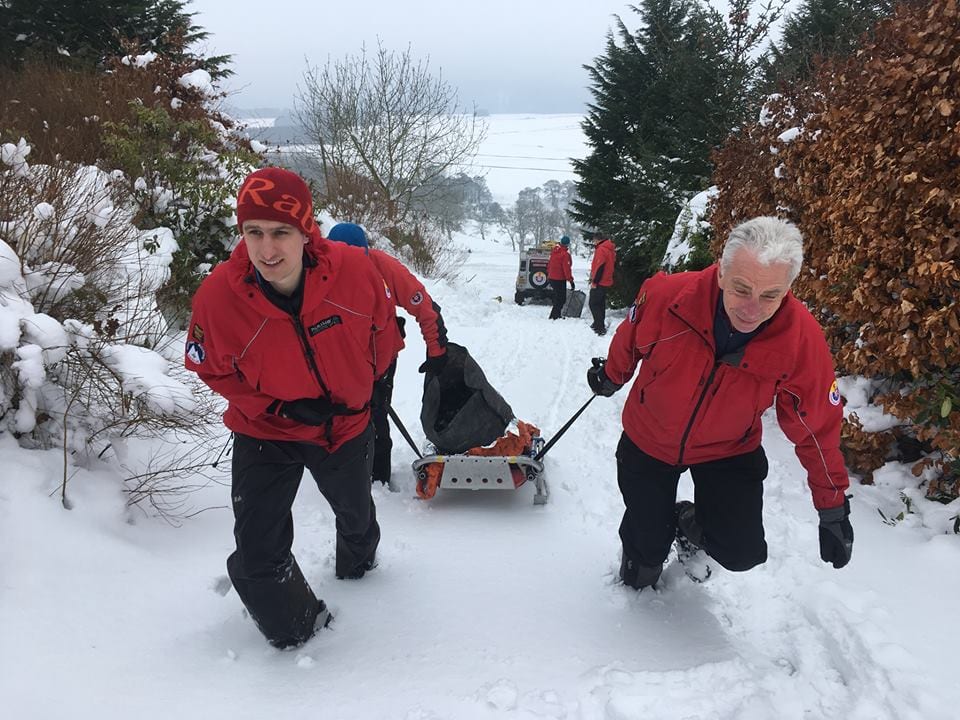
2018 – The severe weather incident known as the “Beast from the East” took place, lasting nearly a week. Between them Borders Search and Rescue Unit, Moffat MRT, Ochils MRT, and Tweed Valley MRT recorded 34 call outs, assisted 264 people and spent 2000 hours supporting their communities.
2018 – Search & Rescue Aerial Association Scotland was established, to provide support with drone rescue capability.
2018 – Scottish Mountain Rescue Appeal to replace to VHF Radios for all teams. Support received from St John Scotland, the Scottish Government and Police Scotland.